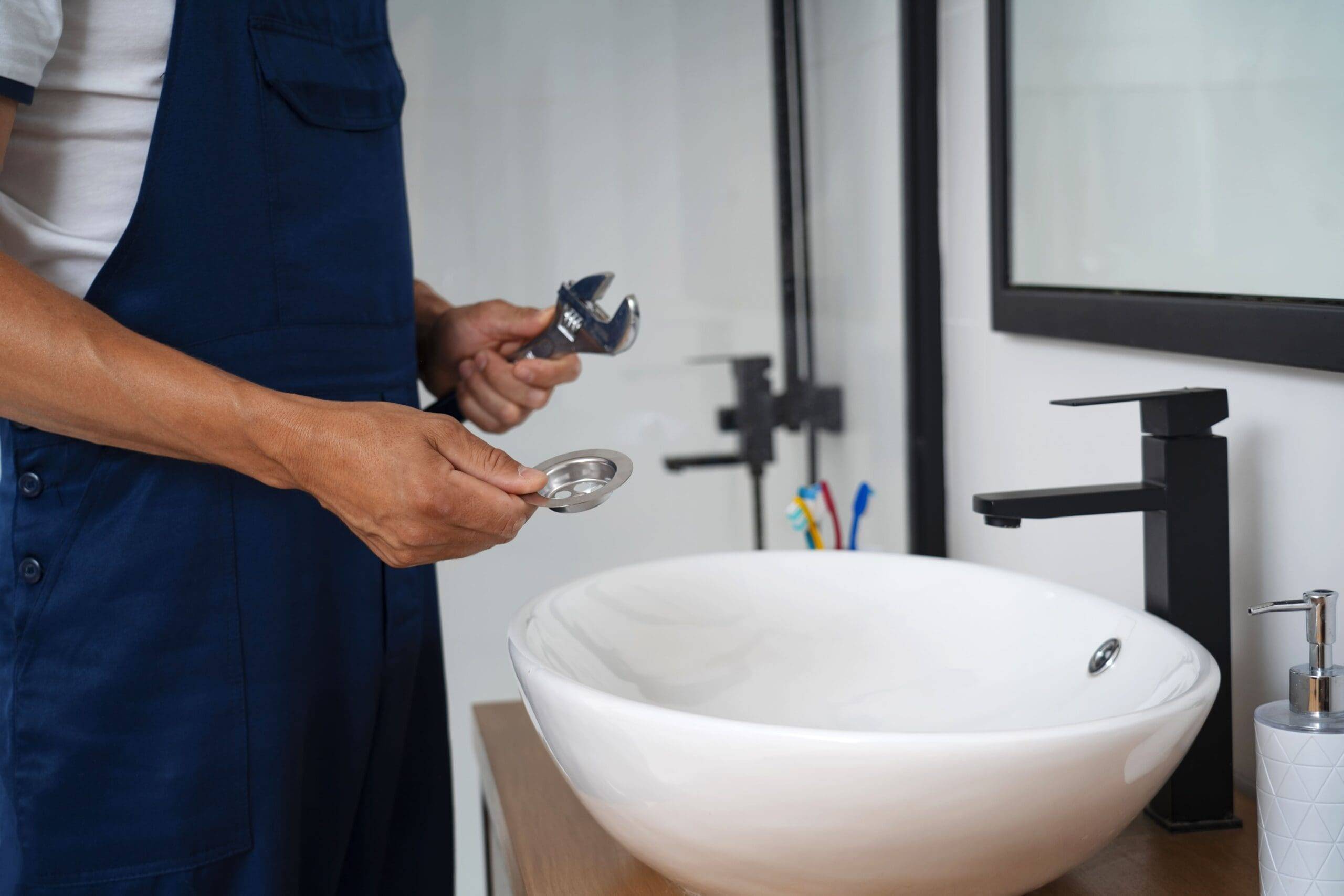The ROI of Upgrading Hotel Plumbing Fixtures to Low-Flow Systems
Efficiency in water is not an environmental requirement but rather a financial one because hotels need to reduce the operating costs and improve the level of sustainability. Replacing traditional plumbing fixtures in hotels with low flow types can generate significant water and energy savings, which directly affects the spending on utilities and profitability in general.
Knowing about Low-Flow Fixtures and Why They Matter
Low-flow plumbing revolutionizers are designed to use significantly less water compared to traditional ones without adhering to performance. These facilities include toilets, showerheads, faucets, urinals, and aerators. In illustration, traditional toilets can use up to 3.5 gallons per flush (gpf), whilst the modern low-flow models average 1.28 gpf or even less, thus reducing water consumption to up to 65 percent.
This weakening is vital in the hotel environments. The other substantial source of water use includes guest rooms, the kitchens, laundries, and even the outdoors landscaping. Reducing water flow rates without damaging the experience of guests is beneficial to not only sustainability goals but also monetary interests.
Monetary Rewards and Cost reductions
Whereas retrofitting fixtures is associated with initial spending, costs such as buying and setting up the fixtures, the savings are often higher than the expenses. The information gained through the use of case studies within the industry shows that the single low flow toilet can save about 13000 gallons of water every year which are equivalent to the annual saving of about 90-100 dollars in water bills.
In the case of thousands of rooms of properties, the sum saved multiplies significantly. Furthermore, the reduction in the use of hot-water saves on energy, thus saving the expenses of heating. Payback periods of hotels have been recorded to take 3-5 years depending on payback rates that go higher to 20 percent per annum depending on utility tariffs of the locality.
Environmental and Strategic Compensations
In addition to the direct financial gains, the use of low-flow plumbing fixtures promotes sustainability of the environment by preserving the water resources, as well as decreasing greenhouse-level of greenhouse-gases, which are related to the flow of water heating. These initiatives form the basis of hotel sustainability accolade, such as LEED or Green Key, and appeal to the environmentally-conscious customers, which helps to support the brand image.
Reduced water use also eases the burden on city sewage and wastewater treatment systems which can often be threatened (or even precluded) by the imposition of various regulatory charges or deferred infrastructure improvements. Making operationally, low-maintenance fixtures allow reducing plumbing repair and downtime, as well as increasing the operational efficiency.
Choosing the Ideal Fixtures to achieve the best ROI
The achievement of maximum ROI will depend on the choice of fixtures that will balance efficiency and comfort to the guest. WaterSense-certified water fauceters, showerheads and toilets meet the high-performance standards but use less water. High quality fixtures which maintain the water flow and pressure will avert dissatisfaction of the guests.
Professional installation is a must as it prevents any leaks and ensures the systems last long. The expansion of the fixtures upgrades at hotels should be accompanied with a detailed audit of the plumbing systems in order to discover high-use or problem areas where further savings can be increased.
Taking Advantage of Incentive and Sustainable Practices
Countless utilities and governmental organizations offer rebates, tax credits, or grants on the installation of water-efficient fixtures. These subsidies can significantly decrease start up costs and shorten payback periods.
Hotels combining low-flow upgrades of fixtures and employee education on water conservation with implementation of smart water-saving technologies, such as leak detection, automated sprinkler systems, and similar features, achieve high results in terms of both economic benefits and sustainability effect.
Conclusion
Replacing high-flow plumbing systems with low ones is a smart financial investment that provides significant financial payoffs with supporting sustainability agenda. To the hotel operators who are interested in cost management and management of their brand differentiation and satisfaction to their guests, this upgrade is a logical development.
With the right fixtures, the benefits of existing incentives, and best practices of water management, hotels will be able to realise a simple payback within several years and receive long-term savings since decades- low-flow plumbing fixtures are not only beneficial to the commercial interests but also to the environment.

